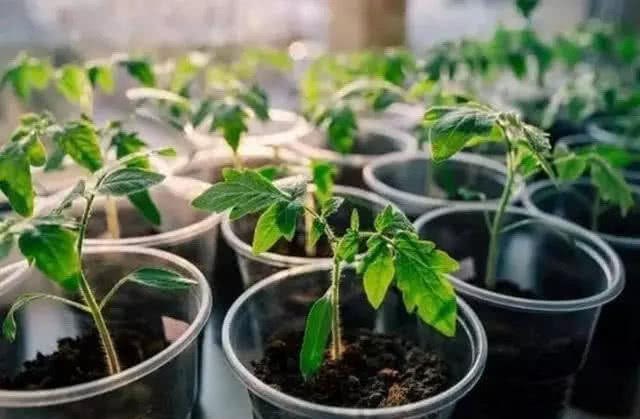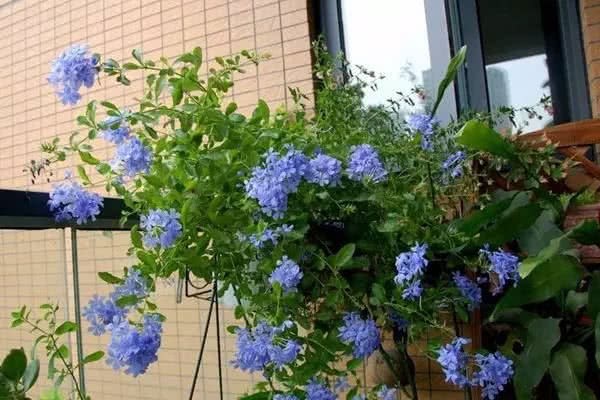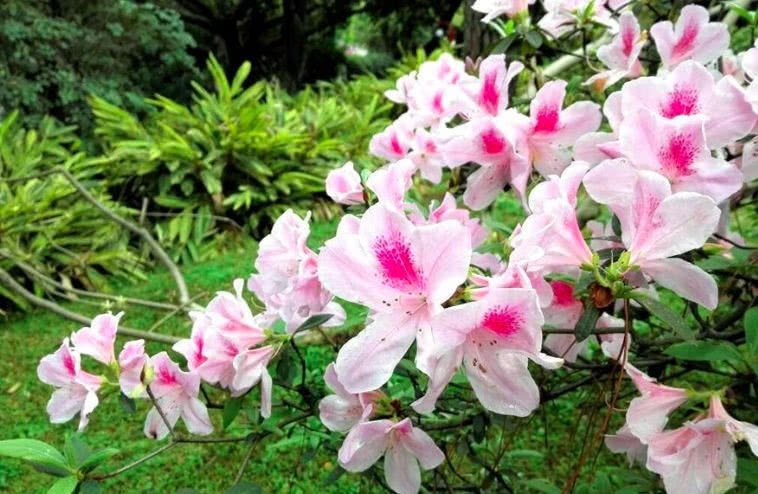The three kinds of water for growing flowers in autumn and winter cannot be watered, or else one pot will die.

Soon we will follow the changes in temperature and move into winter. The two seasons that flower growers fear most are winter and summer. The temperatures in these two seasons are very extreme. One is too cold and the other is too hot. It takes a lot of effort to maintain the flowers at home at this time.
If you want to raise flowers well, the most important thing is to work hard on daily maintenance. Some people may say that maintenance is nothing more than lighting, watering and fertilization, there is no difficulty, in fact, you do not know is, many times different seasons will have different maintenance methods, for example, the current autumn and winter season, want to raise flowers well, these three kinds of water you must not irrigate!
1. cold water
Because the temperature is dropping now, we need to move most of the plants indoors for maintenance to maintain the right temperature for growth. Think about it if we wash our hands directly with tap water in winter, we will jump cold feet. If we water flowers directly with cold water, the effect will not be ideal.
Because after we move the plant indoors for maintenance, the temperature in the soil will gradually warm up. At this time, we will irrigate it directly with cold water, which will cause too much temperature difference inside the pot soil, which will lead to the phenomenon of rotten roots and yellow leaves. In addition, if you want to water the flowers with tap water, it is best to let it stand for a few days, so that the maintenance effect will be considerable.
2. flooded water
Overflow irrigation refers to excessive water pouring on flower plants, resulting in overflow irrigation. Because the temperature in winter is low, the evaporation rate will not be as vigorous as in summer. At this time, plants and flowers do not need a lot of water to support their growth. If the watering frequency and watering amount are maintained as before, it will cause water accumulation in the flowerpot.
Winter temperature is low, too much water can not evaporate, and if the drainage performance of the flowerpot is not ideal, it will inevitably lead to the phenomenon of root rot. We all know that once the roots of flower plants rot, then the nutrients must not be absorbed enough. At this time, it may not only be the problem of yellow leaves, but it is very likely that the plants will die directly.
3. Homemade fertilizer water without fermentation
A lot of things in life can effectively raise flowers, so many flower friends like to make thin fertilizer water at home to supplement nutrition for plants, such as rice washing water, peel water or soybean water, etc., but we use these waters to raise flowers on the premise that they must be fermented!!!
After fermentation, nutrients such as nitrogen and calcium in these substances can be volatilized better, so that they can be used on flowers to produce effects. If it is used directly without fermentation, it will not only supplement nutrients, but also burn the flower roots.
These kinds of water must not be poured at will in winter, otherwise the yellow leaves will die of regret. If you know any other good ways to grow flowers in autumn and winter, share them with Huahua in the comments section!
- Prev

The cuttings of these three kinds of flowers are dipped in water and white roots do not have to worry about it.
I don't know if everyone has the same idea as Huahua, that is, after growing flowers for a long time, they always want to buy a few pots of new plants and flowers. It seems to be a habit to go to the flower market. Although the price of a pot of flowers is not too high, but sometimes.
- Next

Dried flowers, don't throw them away. Feed them a small pill and they'll come back to life.
Flower plants are now a must for every family. However, it is easy to enjoy flowers and difficult to grow flowers. Flowers usually receive complaints about the difficulty of flower maintenance. In fact, any flower cultivation god is from the novice small white transition, master well...
Related
- Wuhan Hospital Iron Tree Blooming Result Was Instantly Frightened by the Gardener Master
- Which variety of camellia is the most fragrant and best? Which one do you like best?
- What is the small blue coat, the breeding methods and matters needing attention of the succulent plant
- Dormancy time and maintenance management of succulent plants during dormancy
- Minas succulent how to raise, Minas succulent plant pictures
- What are the varieties of winter succulent plants
- How to raise succulent plants in twelve rolls? let's take a look at some experience of breeding twelve rolls.
- Attention should be paid to water control for succulent plants during dormant period (winter and summer)
- Watering experience of twelve rolls of succulent plants
- Techniques for fertilizing succulent plants. An article will let you know how to fertilize succulent plants.

